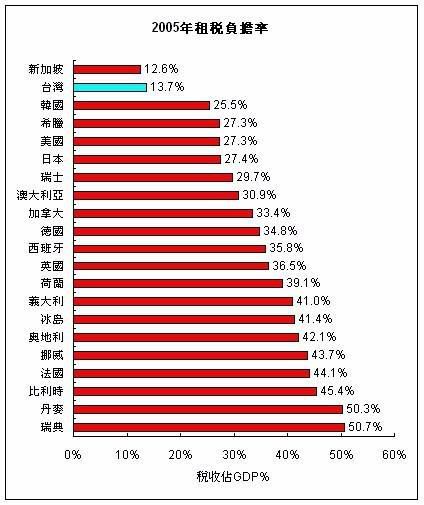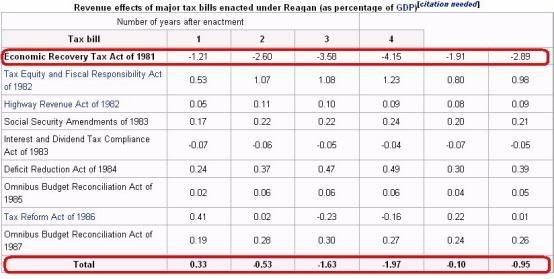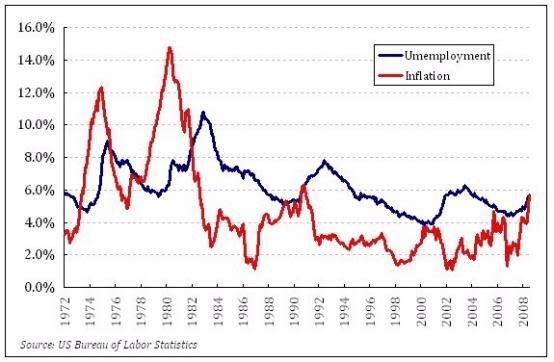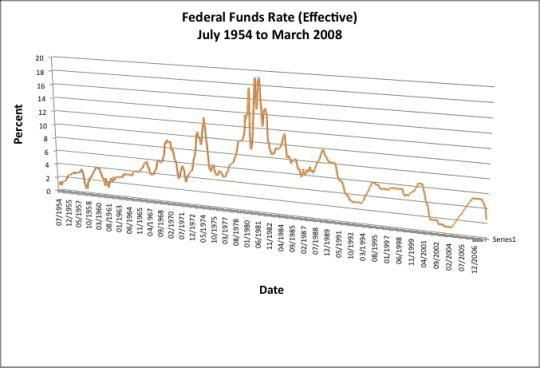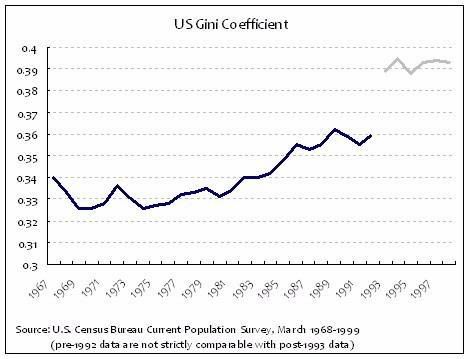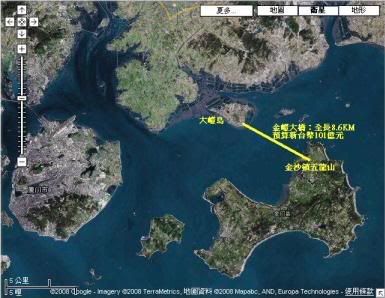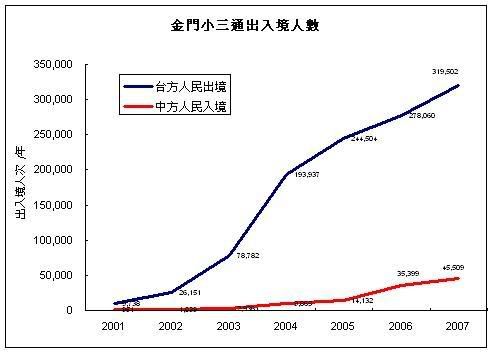So they have returned to power, and they are banishing memoirs of Taiwan’s democratization from this hall to revert it to a shrine worshiping the Generalissimo. If you believe the tides of democratization are irreversible, just look at Taiwan. On March 22, 2008, Ma Ying-jeou, a Harvard-educated politician with the ability of charming the crowd out of their souls with one single smile, won the presidential election with more than 7 million votes from people angry and frustrated with endless scandals marring Chen Shui-bian’s reign. People brought Kuomintang(“KMT”), once notorious with its corruption and one-part rule over China and then Taiwan, back in power in their own will. Technically it was a flawless democratic process, without mass vote-rigging, voter intimidation or other frauds observed. However, it is the same thing as what we saw in the Eastern Europe in late 1990’s to early 2000’s: ex-communist swept through all elections, and the king is back.
One thing is different: ex-communist winners embraced things they had once detested, at least as a disguise to cheer the crowd, but Kuomintang is enshrining things their voters once overthrew.
On August 17, the executive branch of Ma’s Government announced a plan to revert “Taiwan Democracy Memorial Hall” back to “Chiang Kai-shek Memorial Hall”, calling the renaming by the previous government illegal and should be voided. This monument, sometimes ridiculed as “Shrine of the Hairless One” (Chiang is hairless) and once a favored venue for demonstrations against KMT’s one-party rule, has become a hot spot for partisan conflicts after being remodeled and renamed in 2007 to honor the memory of agelong struggle for democracy by the Taiwanese people. Bloody violence by pro-China protesters during the removal of the old plaque shadowed that historical moment, and debates over the renaming decision continue to widen the rift between supporters of KMT and the pro-independence Democratic Progress Party (“DPP”) in Taiwan.
Generalissimo Chiang Kai-Shek led KMT from 1928 to 1975 and ruled China from 1928 to1949. After being defeated in the Communist Revolution, he fled to Taiwan and ruled it for another 26 years as the president of “Republic of China” in exile. Chiang imposed in Taiwan the longest period of martial law in modern history and ripped Taiwanese of political rights. More than 140,000 dissidents were either killed or imprisoned under his rule in Taiwan, and KMT enjoyed an unchallenged grip of political and economic powers. After taking into accounts of his deeds in China, Professor R.J. Rummel put him in the sixth place of the “Bloodiest Dictators in the Millenium” list. You may also want to know President Truman’s well-known quote about the Chiangs: “They’re all thieves, every damn one of them.”
Despite his bloody suppression of human rights, Taiwanese seem to have mixed feelings about this dictator. Before the late 1980’s, the KMT-controlled education system kept instilling students with “love for the leader”, and telling them “you are not ready for democracy yet, and dictatorship make this place safer.” Amazingly, such rhetorics have a profound impact till now. Some Taiwanese still believe the Generalissimo did protect Taiwan from Communist China and his policies did make this place stable and prosperous, even though decades ago some of their fathers and uncles never came back after Chiang’s gendarmes knocked on their door at midnight.
As Taiwan’s democratization process was gaining momentum since the 1990’s, ugly facts were being revealed and voices began to pop up everywhere calling for “liberation” of Taiwan from the memory of this dictator. Finally steps were taken as DPP won the presidential election in 2000. Chiang’s 27 secret retreats, featuring prime sceneries but inaccessible by ordinary people, were opened up to all visitors as parks and commercial hotels. Taoyuan International Airport, the largest airport of this country, is no longer named after the Generalissimo, and thousands of Chiang’s statues, once filling up every corner of Taiwan, were tore down and melt. The Memorial Hall seems to be the last battle to get rid of Generalissimo’s shadow.
Hard-core KMT supporters, mainly consisting of refugees from the 1949 Chinese Revolution and their descendents who enjoyed preferential treatments in the “good old days”, were infuriated by a series of “de-Chiang-ization” and gathered together to defend their last stand. Local media, mostly controlled by KMT allies even after DPP came into power, initiated propaganda campaigns denouncing such efforts as “dirty politics maneuvers” to profit from widening partisan rift that destabilize the society. Taipei city mayor, whose father is one of Chiang’s generals, preempted the central government by designating this 27-year-old hall a “historical site”, a status that makes unauthorized alternations unlawful. The KMT-controlled Legislative Yuan (parliament) also boycotted related budgets and legislations to stop the proposed renaming.
War did not end after DPP government devised a way to circumvent parliament’s boycott and renamed this monument in honor of Taiwan’s democratization. Local media kept heating up this event by attaching things like gossips and conspiracy theories to it. As the renaming was successfully tagged as a “DPP’s dirty maneuver” instead of a “public issue”, people soon got tired of it and reasons gave way to partisan emotions in related discussions.
Ma’s decision to restore the Generalissimo’s memorial hall is just a new move by one side, but not a real end to this war. While some Taiwanese may accept Ma’s rhethoric of “Look ahead, but don’t look back”, others still insist that harms done by Chiang have not been justly undone yet. Besides, many Taiwanese also cherish memories of agelong struggle for democratization, and to them the monument is where so many important things happened. Both sides honor conflicting memories in this special monument, and no unilateral move can successfully resolve this deadlock.
While the whole enshrining thing may look ridiculous to outsiders (just imagine if now there would be any German still worshipping Hitler, or any Italian worshipping Mussolini publicly), KMT might have a reason for that. For more than 50 years KMT has successfully established a saga linking Chiang’s image with the “social stability in the good old days”, which, as a prerequisite for economic prosperity, has been one of KMT’s major appeals in every election. Revaluation of Chiang’s era would be a direct challenge to this winning formula. However, as archives are being declassified and academic works are shedding more light on the other side of the past, Chiang’s revaluation is almost a certainty now, making KMT’s insistence look stupid.
So emotional attachment may be one last explanation for that. Those 1949 refugees once placed their hope on the Generalissimo, who gave them so much and kept promising to bring them home in triumph. Even though the false hope for return to glory is gone, their psychological reliance has not. Such reliance, strengthened by fears that dominance by native Taiwanese would mean disaster for 1949 refugees (which did not happen in Chen’s regime, but fear still remains), holds them together against any move to challenge Chiang’s “historical position”.
On the other hands, native Taiwanese, long taught to stay away from politics since the period of White Terror, care more about economic growth for next year than about such “partisan maneuvers”.
Taiwan’s example surely tells a story about how a notorious dictator can come back to posthumous glory after his kingdom is democratized. You can still hear them hail “Viva la Generalissimo!” Yes, the Generalissimo’s ghost is back in Taiwan, smiling at the extravagant banquet his disciples prepared for him.



